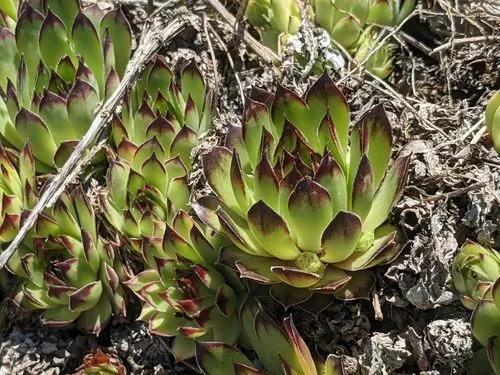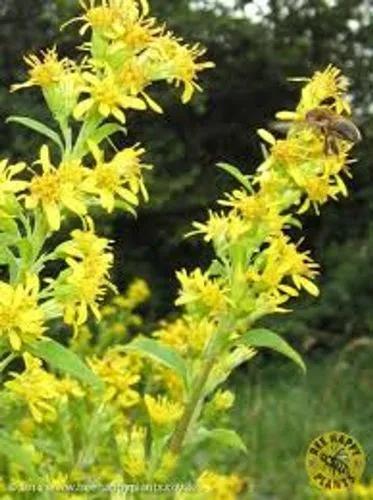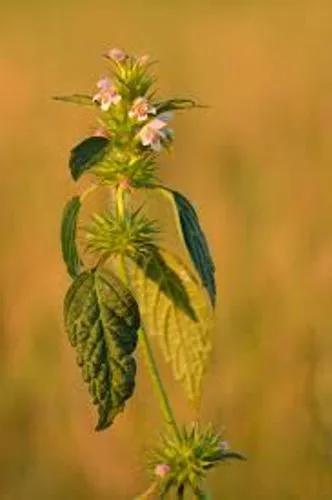Kalanchoe is a genus of succulent plants of the Crassulaceae family. Usually found in Australia, Madagascar, and tropical regions of South Africa.
Kalanchoe Care
Kalanchoe



This genus contains more than 200 different species, and it is also represented by subshrubs, succulents, and herbaceous perennials. The foliage of each species differs. The leaves are typically thick, sessile, or have petioles and can be lightly or strongly dissected. During flowering, an umbrella of blooms of white, purple, red, or yellow color forms. Almost all forms of this plant grow well at home, assuming the grower follows the plant care guidelines.
How to Care for the Plant

Water

As the topsoil dries, watering should be ample but not frequent. Water more often during flowering and while kept in the sun; less frequently in the winter and at colder temperatures. Remember that this plant is succulent, so it does not mind some neglect.

Pruning

When the bush ceases to blossom, remove all flower stalks. In other cases, pruning is not necessary.

Fertilizer

In the spring and summer, feed Kalanchoe once every two weeks, alternating mineral and organic fertilizers, or cactus and succulent fertilizers. Fertilizer can also be added during flowering, but no more than once a month.

Sunlight

Kalanchoe is a sun-loving plant. During the flowering season, the plant needs more light than usual. Kalanchoe should not be placed on the northern window sill. In the summer, you may take it out on the balcony, but it's best to keep it out of the direct sun during the midday hours.

Soil

You may use a ready-made soil combination designed for cactus and succulent plants to grow a Kalanchoe. A leafy and soddy soil, sand, and peat (2:4:1:1) substrate is also perfect.

Propagation

Kalanchoe can be propagated vegetatively (the material is at the ends of the leaves), seeds and cuttings.
Baby flowers, falling on the surface of the soil, take root themselves; they can also be planted.
Seeds are sown in February-March in a light substrate, a mixture of peat with deciduous soil.

Temperature

In winter, the optimal temperature range is 57-65°F (14-18°C), and in summer, it is 65-82°F (18-28°C). Make sure that in the room where the flower is located, the temperature is not less than 50°F (10°C).

Container

Because Kalanchoe is sensitive to moisture stagnation, both a plastic and a ceramic container with slight protrusions at the bottom are ideal. Drainage should be installed in a pot. It should contain as little free space as possible.

Fun fact

During Chinese New Year festivities, kalanchoe is a popular plant since it is said to bring riches and success.

Popularity

3,861 people already have this plant 829 people have added this plant to their wishlists
Discover more plants with the list below
Related articles






